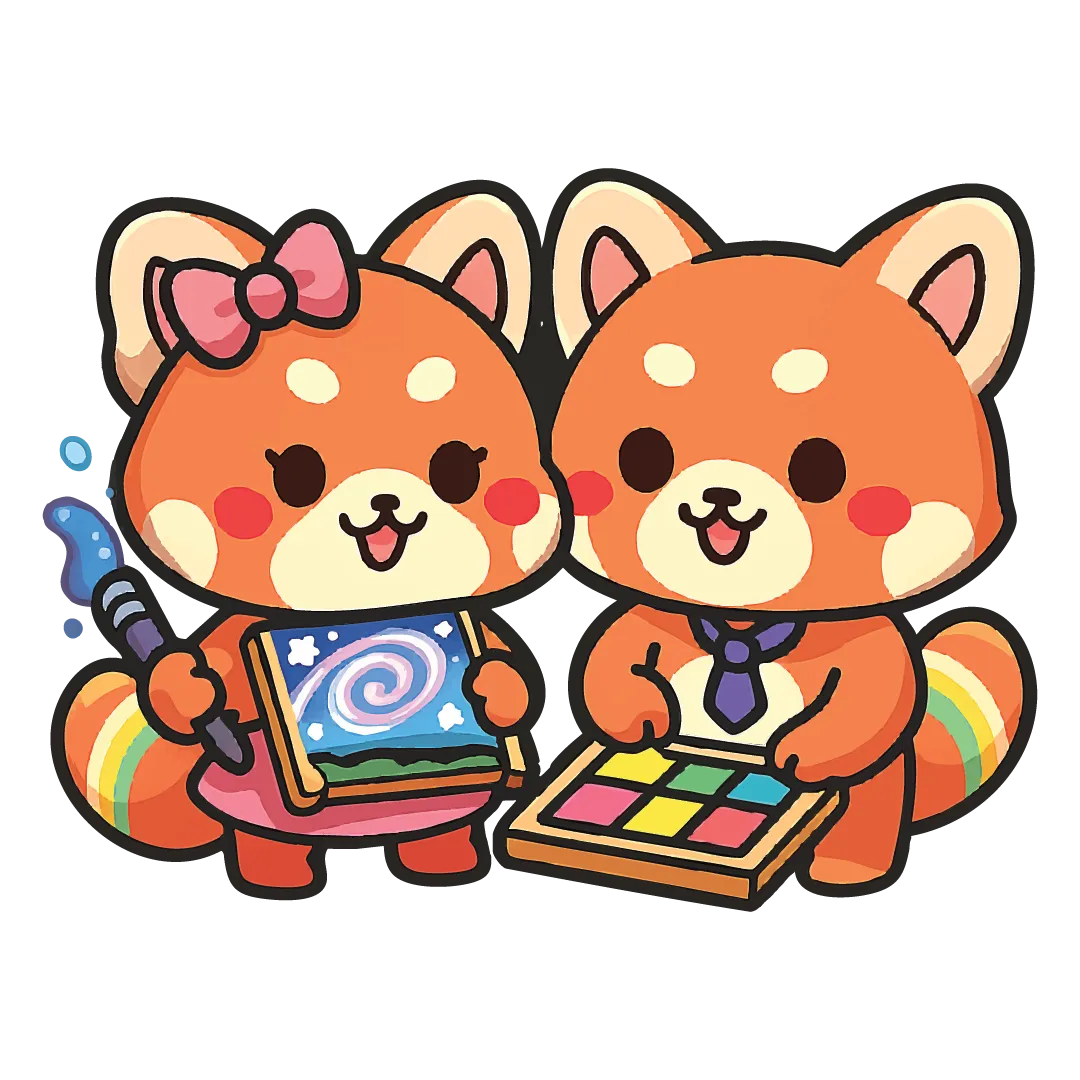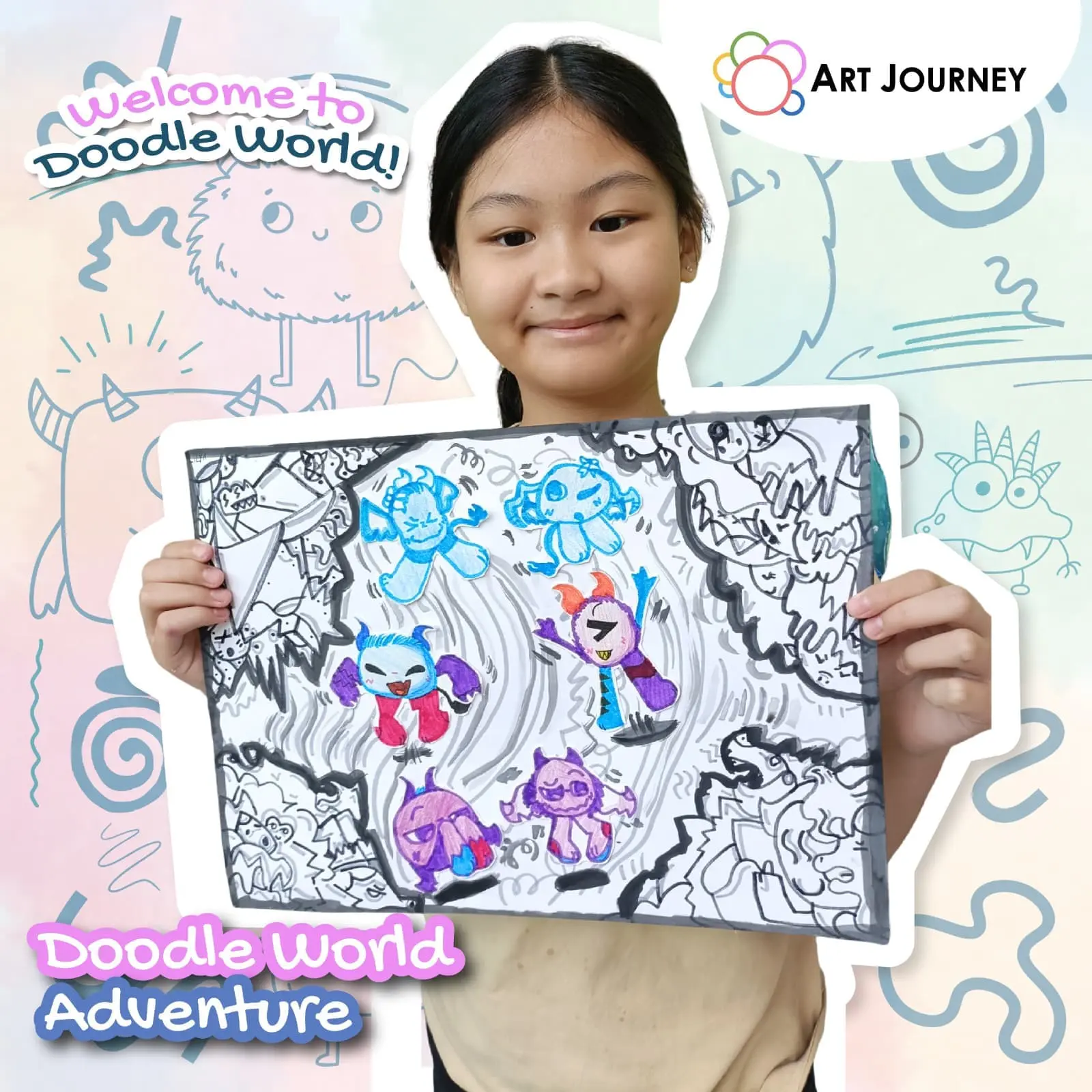
Creativity Beyond the Classroom: The Hidden Benefits of Art
When parents think about their child’s education, subjects like math, science, and language usually come first. But what if the real foundation for success lies in something less structured—like art?
Art does more than fill sketchbooks or decorate walls. It helps children explore emotions, develop empathy, and think critically about the world around them. The benefits of art go far beyond grades and classrooms, shaping children into confident, creative, and adaptable thinkers.
Let’s explore the hidden advantages that art brings to young learners.
1. Art Encourages Independent Thinking
In school, children often follow instructions and formulas. Art, however, invites them to explore their own ideas and solutions. When a child decides how to paint a sky or design a mosaic pattern, they’re learning to make independent choices—something academic subjects rarely emphasize.
This independence helps children become self-reliant thinkers who can approach challenges creatively in both school and life.
2. Art Builds Emotional Intelligence
Art gives children a safe way to express what they feel, especially emotions they might not yet have words for. Whether it’s painting happiness in bright colors or drawing through sadness, art helps children process and understand their emotions.
This emotional awareness is a key part of emotional intelligence (EQ)—the ability to recognize and manage one’s feelings and empathize with others. Studies show that kids with higher EQ often perform better academically and have stronger relationships.
3. Art Strengthens Observation and Awareness
When children create art, they begin to see details that others might miss—the texture of a leaf, the reflection of light, or the shades of a sunset. This heightened sense of observation improves focus and analytical thinking, which are critical in academic learning and daily decision-making.
In short, art teaches children to look deeper—a skill that benefits both science experiments and real-world problem-solving.
4. Art Encourages Problem-Solving and Experimentation
Every art piece is a challenge waiting to be solved: How do I fix a color that’s too dark? What happens if I mix these materials?
This hands-on exploration builds resilience and adaptability, teaching kids that mistakes aren’t failures but opportunities to learn.
In a fast-changing world, this flexible mindset is one of the most valuable life skills a child can develop.
5. Art Improves Communication Skills
Art is a language of its own. When children discuss their artwork—explaining why they chose certain colors or what their design represents—they’re practicing verbal and non-verbal communication.
This process strengthens their vocabulary, storytelling, and ability to express abstract ideas, which later helps in writing, presentations, and teamwork.
6. Art Boosts Confidence and Self-Expression
Completing a painting or sculpture gives children a strong sense of accomplishment. That pride in creating something unique builds confidence—especially for children who may not excel in traditional academic subjects.
When kids realize their ideas have value, they become more open to taking risks and sharing opinions in other areas of life.
7. Art Promotes Mindfulness and Stress Relief
In a world filled with screens, schedules, and competition, art offers calm. The slow, rhythmic nature of painting or drawing helps children relax and focus on the present moment.
Many psychologists recommend art as a form of mindfulness practice for kids, reducing anxiety and improving emotional balance. A child who feels centered is naturally better prepared to learn and grow.
8. Art Builds Cultural Awareness and Empathy
Art connects children to different cultures and perspectives. When they study traditional batik, Chinese ink painting, or Aboriginal dot art, they learn respect for diverse heritages.
Creating art inspired by global styles also helps children understand and appreciate differences, nurturing empathy—an essential value for living in a multicultural society like Singapore.
9. Art Enhances Cognitive Flexibility
Unlike subjects with one right answer, art teaches that there are many ways to solve a problem. This flexibility in thinking helps children adapt to new challenges, think outside the box, and make creative connections between ideas—key qualities for innovation and leadership.
10. Art Fosters Lifelong Curiosity and Joy in Learning
At its core, art sparks wonder. Every color mixed, every brushstroke, and every creative discovery encourages children to keep exploring.
This curiosity translates to other subjects, inspiring them to ask questions, experiment, and stay engaged with learning well beyond the classroom.
FAQs: Art’s Hidden Benefits for Children
Q1. How does art help children beyond academics?
Art improves creativity, emotional understanding, communication, and problem-solving—skills that benefit both school and real-life challenges.
Q2. Can art really improve emotional intelligence in kids?
Yes. Through self-expression, art helps children identify and manage their emotions while building empathy toward others.
Q3. My child isn’t very artistic. Can they still benefit from art?
Absolutely. The goal isn’t perfection—it’s exploration. Every child benefits from creative activities that boost confidence and critical thinking.
Q4. What types of art are most beneficial for young children?
Hands-on art forms like painting, clay work, and mosaic art are great for improving focus, coordination, and imagination.
Q5. How often should kids do art for lasting benefits?
Even one session per week can make a big difference in focus, creativity, and emotional growth over time.






